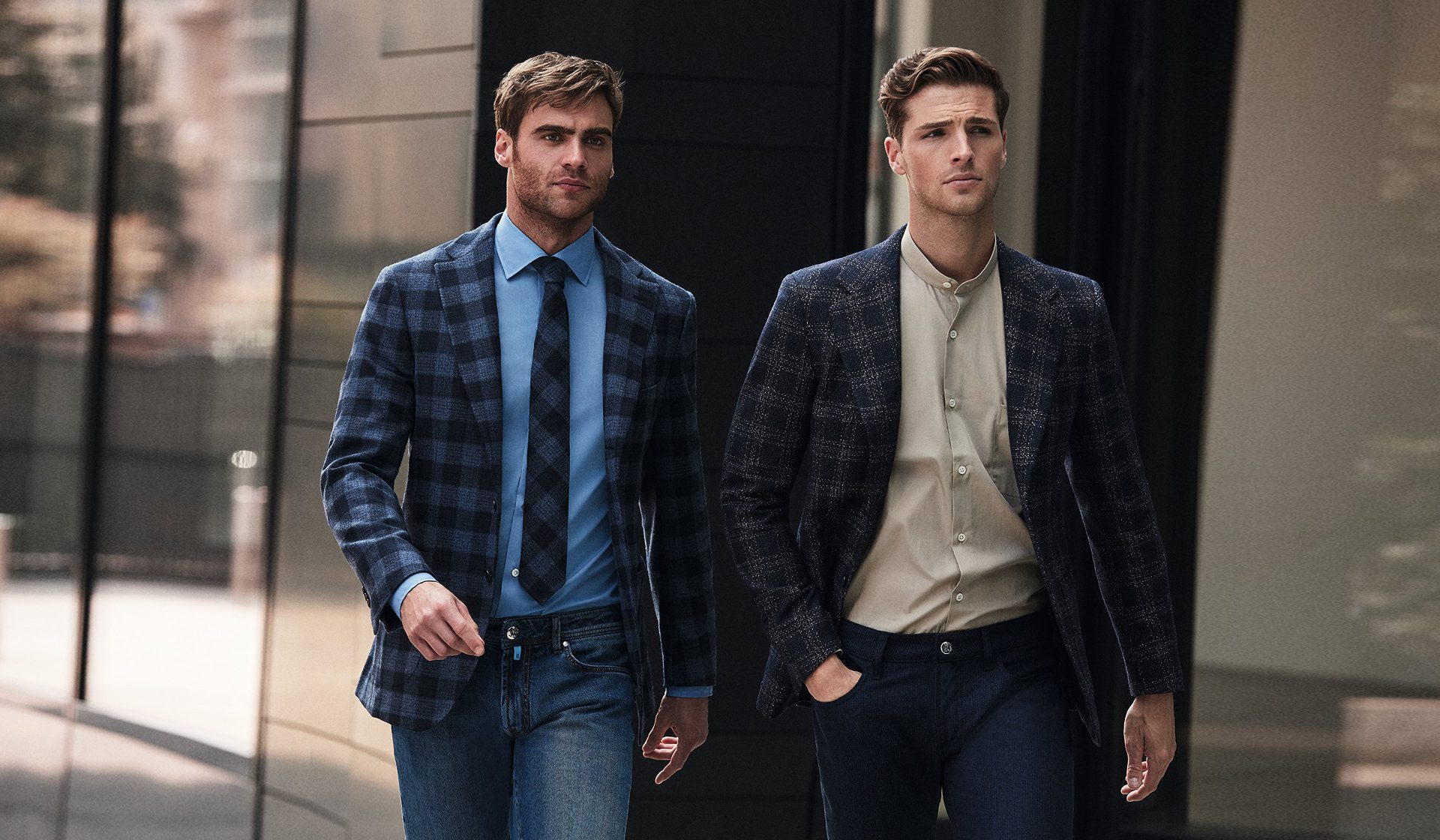
Workplace attire has undergone significant transformations over the years, reflecting changes in society, culture, and the way we work. The rigid dress codes of the past have given way to more flexible and diverse fashion choices. In this article, we’ll explore the evolution of workplace attire and how it has evolved into the diverse spectrum we see today.
1. The Formal Era
In the early to mid-20th century, workplace attire was characterized by formality and conformity. Men typically wore three-piece suits with ties, while women donned dresses or skirt suits. This strict dress code was a reflection of the hierarchical and structured nature of many workplaces during that time.
2. The Casual Revolution
The 1960s and 1970s brought about a significant shift in workplace attire. The “casual Friday” trend emerged, allowing employees to dress down at the end of the workweek. This was followed by the tech boom of the 1980s and 1990s, where tech startups embraced a more relaxed dress code, often consisting of jeans and t-shirts.
3. Business Casual
The concept of “business casual” gained popularity in the late 20th century. It offered a middle ground between formal and casual attire. Business casual typically includes khakis, collared shirts, and blouses for men and women, replacing the need for suits and ties.
4. The Tech Industry Influence
The rise of the tech industry played a significant role in reshaping workplace attire. Tech companies embraced a “casual is cool” ethos, where even CEOs were often seen in jeans and sneakers. This approach challenged traditional dress codes and set new standards for comfort and self-expression at work.
5. The Gig Economy and Remote Work
The gig economy and the shift towards remote work further blurred the lines of traditional workplace attire. Freelancers and remote workers often have the flexibility to dress as they please, whether it’s pajamas, activewear, or a business-casual ensemble for virtual meetings.
6. Individual Expression and Diversity
Today, workplace attire is a reflection of individual expression and the values of a company’s culture. Many organizations prioritize diversity and inclusivity, allowing employees to wear attire that aligns with their identity and personal style.
7. Sustainable and Ethical Fashion
As awareness of sustainability and ethical fashion grows, some workplaces are encouraging employees to make eco-friendly choices in their attire. This includes supporting brands that prioritize ethical production practices and sustainable materials.
8. Dress for Success in the Modern Era
While the dress code has become more relaxed in many workplaces, the importance of dressing for success remains. The way you present yourself can influence perceptions and professional opportunities. Employees often strike a balance between comfort and professionalism.
9. The Future of Workplace Attire
The future of workplace attire is likely to continue evolving. As remote work becomes more prevalent, the lines between work and home attire may blur further. Companies will need to adapt their dress codes to accommodate a changing workforce and shifting societal norms.
In conclusion, the evolution of workplace attire reflects broader societal changes and cultural shifts. From the formal attire of the past to the diverse and individualistic styles of today, workplace attire has come a long way. The future promises even more flexibility and adaptation as the world of work continues to transform.
Workplace attire has evolved significantly over the years, reflecting changing societal norms and the evolving nature of work. From the formal era to the casual revolution and the rise of individual expression, workplace attire continues to adapt to the needs and values of the modern workforce.
